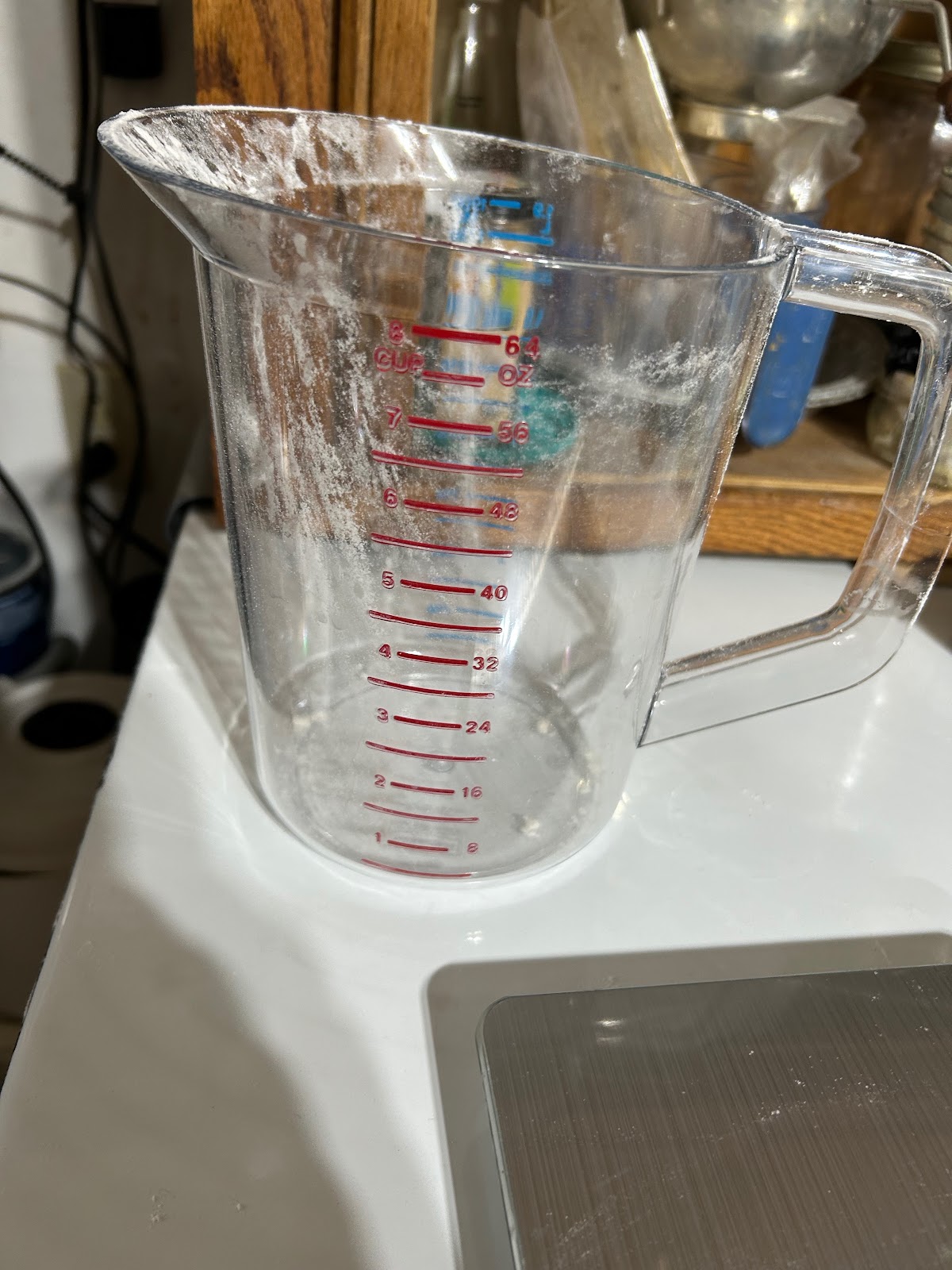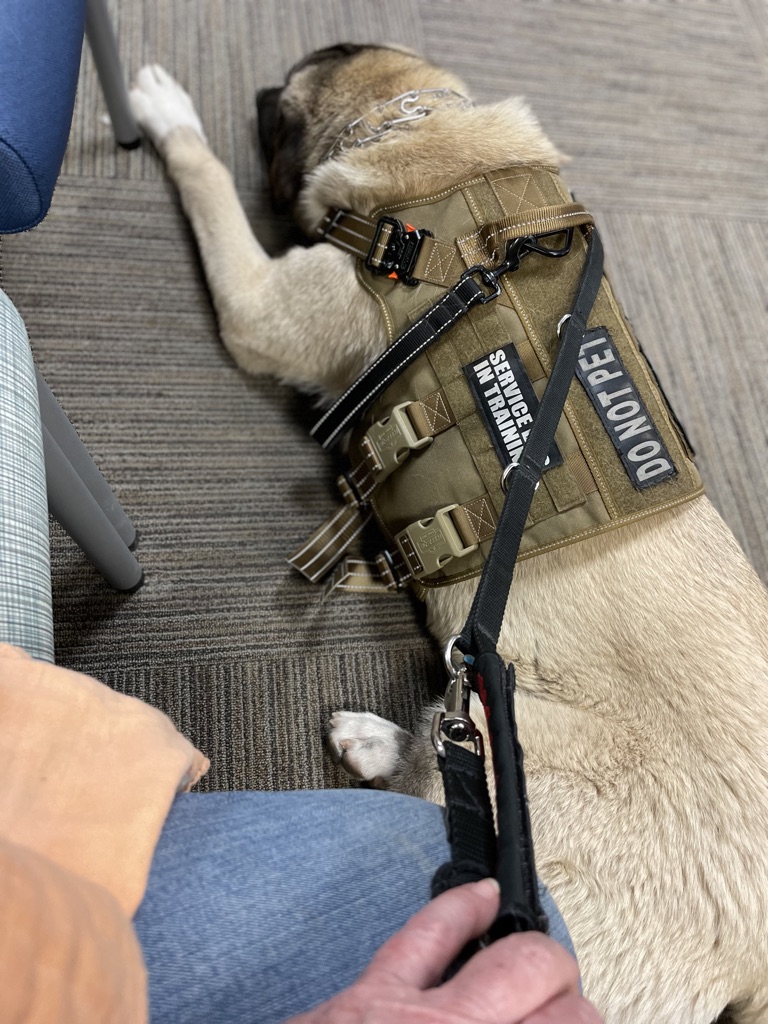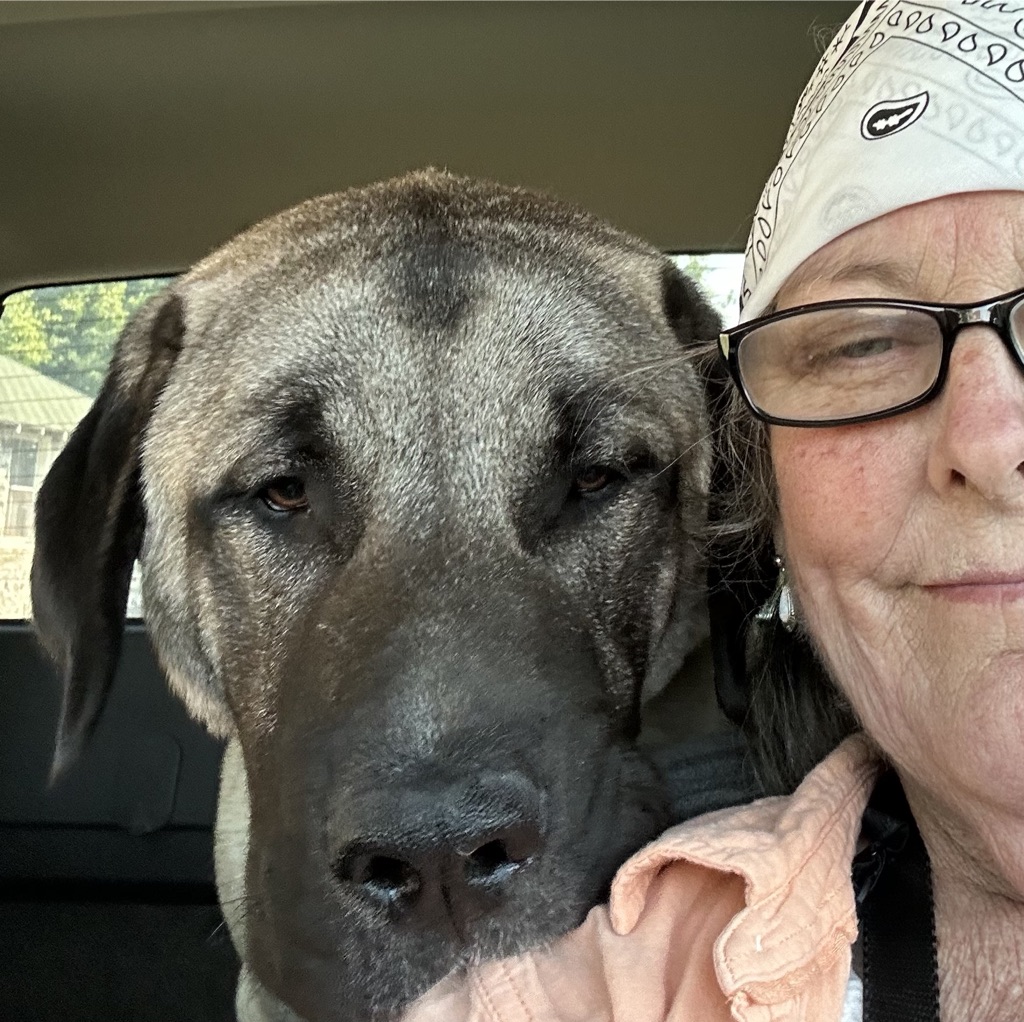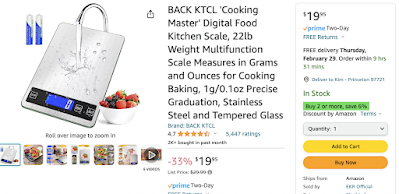An alternative to buying yeast, is to use a sourdough starter. It's a little bit different, but it’s how things used to be done. The yeast you buy only became a thing when folks started buying all their bread from bakeries and it was decided that sacrificing quality for the convenience of faster production was more profitable.
Yeast is a living organism and a sourdough starter uses wild yeast, it captures from the air. This is why each starter has a slightly different flavor depending on location
"To speed up the manufacturing process, bakers began adding sweeteners to their dough to give their new bakers yeast more readily-available food. Suddenly, yeast is no longer breaking down grain sugars, since it is perfectly happy working off cane sugar, corn syrup, molasses, or whatever other sweetener might have been used. Inspired by the added speed of the sugar, manufacturers then started to use even more yeast, and the need for speed continued.
This all meant a significant change in chemical composition of a finished loaf of bread - higher natural and added sugar content, tougher starches, and excess single-strain yeast. Without the lactobacilli that come with wild yeast, grain proteins, including gluten, were now unchanged by the fermentation process, leaving them fully intact and hard to digest. Nutrients that became bioavailable due to a long fermentation process remained locked up once sugar became the fermentable ingredient instead of flour.
Cue the rise of gluten-intolerance, and less noticeably, the rise (pun intended) of single-strain-yeast-intolerance. Have trouble eating a ‘normal’ loaf of gluten free bread? Baker’s yeast and sugar might be to blame." -https://www.breadsrsly.com/blog/2017/9/13/wild-yeast-vs-commercial-yeast
I always take a bit of starter out and spread it on a piece of wax paper to dry, then put it in a container so if anything should happen to my starter, I can re-constitute it. It can also be frozen indefinitely, but I find drying it to be preferable as it takes up less space and I can put it in a little baggie to mail it to someone if they need some. Maintaining a starter is as easy as feeding it equal amounts (in weight) of water and flour once a week, and putting in refrigerator. Use a glass or ceramic crock as many metals have a chemical reaction. Stir with a wooden or silicone spoon and cover so nothing can contaminate it. I use “Weck” Jars that have both a wooden and a glass lid. I have 2 because I clean the jar almost each time I use it so it doesn’t get all crusted up and hard. It’s easy to wash if the starter hasn’t dried on it.
If a dark liquid forms at the top, and smells like alcohol, it means your starter is very hungry. It’s called hooch. You can stir it in or pour it out.
To maintain your starter you need:
1. a clean jar or bowl, but not metal,
2. clean, lukewarm water if you have a water filter or source of pure water, use this
3. flour (you can use all purpose, bread flour or whole wheat, rye, etc. )
You can purchase dehydrated starter, or get some from a friend, or have someone gift you some already reconstituted starter or make your own, which takes awhile and there are some rules to go by to make sure it is ready to use and is safe as you want it to be active enough that the good bacteria can overwhelm any bad bacteria that may try to invade it. Don’t be alarmed, it’s not difficult to take care of. If you keep it on the counter, it needs to be fed daily. If you don’t use it everyday, you can keep it in the refrigerator and feed once a week. I take it out the night before I am going to use it and feed it, and it’s ready for me to use the next morning.
You will find that keeping a minimum amount of starter will keep it happier as the more you have, the more flour you have to feed it to keep it active. I keep about 50 g in the jar and feed it equal amounts of flour and water (50 g or more on a mature starter) This will also keep it from bubbling out of the jar and all over your counters.
If you are taking a break from using it, you can freeze some or dehydrate as I mentioned previously and it will keep indefinitely until you are ready to revive it.
Your starter should bubble happily soon after feeding.
Sourdough bread is, in my opinion, superior to all other breads. It takes longer to go stale as it is a high hydration dough, has a greater depth of flavor and has many benefits. It is easier to digest, as the fermentation reduces both gluten and carbohydrates, although it is NOT gluten free. It contains probiotics which aid in digestion and promote absorption of nutrients, aiding in glucose regulation and aiding in weight loss, increases phytochemicals which offer anti inflammatory and antioxidant benefits. It’s a great alternative to white bread.
I find making sourdough to be a lot easier than making yeast bread as well. It’s very forgiving and although it’s not the best choice if you need to crack out a loaf in one day, it’s simple to double or triple the recipe or more, takes only a few minutes here and there through out the day.
I left dough out on counter last night and by this morning it had overproofed and was puffing out of the bowl.
I was going to toss it out, but decided to shape it and bake it instead. I shaped it, dusted a little flour on it, let it rest an hour and scored it. It was small, had not done any rising after I had shaped it, but I put it in the dutch oven anyway and decided to bake it for the chickens. I was happily surprised when I took the top off and saw it had risen and baked up beautifully. Always give it a chance. You have nothing to lose by baking it.
I will share the recipe I most like to use. There are a few tools that I find make it easier for me, (I have severe rheumatoid disease so many things are not possible) and I will list those as well. You can certainly substitute or do without most of these, but as I make ALL of our bread, it was worth it to me to have these on hand.
First of all, for me, a stand mixer is a must, but you can use a dough whisk or wooden spoon, or even your hands to mix the dough if you need to.
A kitchen scale is also a must have for me. My bread never fails if I measure the ingredients in grams rather than cups.
I have 2 “Weck” jars with lids that I keep my starter in, they are very easy to clean and I tend to change jars almost every time I make bread only because dried on starter is hard to get off, so I put the left over starter in the clean jar and feed it before putting it away.
A plastic scoop spoon. I find this makes it really easy for me to measure out my starter.
Separate acrylic containers for putting my starter&water in and flour in the other.
Instant read thermometer. Although not a total necessity I have found it handy to check the internal temperature of loaves to make sure they are done which one of my recipes, never is when I bake it and having the thermometer has saved my bread which would be undercooked and gummy if I just trusted the baking timer. (It’s called the Unloaf)
A bread lame to score your loaves so they can expand properly.
Rice flour (not a deal breaker but it does make it easier to score your loaves and also makes decorative scoring show up)
Kitchen towel, or shower cap type cover to keep your dough from drying out.
Banneton- for letting your dough bulk ferment. You can use a bowl and dish towel instead.
The ONE Sourdough
500 g bread flour
350 g water (distilled, although I use spring water)
100 g unfed starter (I feed the night before)
15 g kosher salt
This can be multiplied to make however many loaves you need.
Measure and mix everything together to make a shaggy dough.
Cover and let rest for 1 hour.
(IF I make multiple loaves, I will put the dough in a one gallon food safe bucket)
Begin doing stretch and folds, lifting and folding over dough, turning 1/4 turn, repeat until all 4 sides have been done.
Wait 30 min and repeat.
Do a total of 5 series of stretch and folds with 30 min in between.
Set Dough to rise 50%
Note, you are NOT letting it double like you would a yeast dough
Shape, (if dough is difficult to shape, continue turning it in place until it has developed more tension and holds it’s shape. You can use a dough scraper to push it around if necessary) place in well floured banneton, cover and put in fridge for a bulk ferment. ( I leave mine in for 2 nights then bake the morning of day 3)
When ready to bake, put parchment paper or dough sling over dough, and dump it out, set in cold dutch oven. Sift a little rice flour over the top and score with a razor blade or bread lame.
Place in cold over and bake at 475 for 55 min covered.
Remove cover, reduce heat to 425 and bake an additional 15 min to finish and brown the crust.
Remove from oven, place on rack and let cool for one hour before slicing, or it will be gummy inside.
Enjoy your amazing bread with a chewy crust and soft, open crumb.
*note
It is easy to do inclusions to make flavored loaves such as jalapeno&cheese, adding during the stretch and folds.
*As a high hydration bread, do not put your bread in ziplocs to store, as the moisture will cause it to quickly mold. I prefer to place mine in a linen bread bag, then into a bread box. It allows the bread to breath, without letting it go stale.





































